KitKat Logo Design: History & Evolution

Image Source: https://www.instagram.com/kitkat/ | Image Courtesy: KitKat
When you think about iconic logos in the snack world, the KitKat logo design is likely one that immediately springs to mind. Its sleek and eye-catching design is one that resonates with not only chocolate lovers but also enthusiasts of creative visual art. The KitKat logo design has undergone several transformations since its inception, each time adapting to modern tastes while preserving its timeless appeal.
For graphic designers, the evolution of the KitKat logo design offers a fascinating case study. It reflects the broader trends in design, including the subtle integration of brand identity into visual elements. This journey has made the KitKat logo design a subject worth exploring and dissecting.
In this article, we'll delve into the intriguing history and evolution of the KitKat logo design, uncovering the artistic decisions that have shaped this globally recognized brand. Whether you're a seasoned graphic designer or just starting in the field, you'll find this glimpse into the world of confectionery branding both enlightening and inspiring. So grab a break and join us as we unwrap the story behind the KitKat logo design!
KitKat Logo Design History
1935 - 1937
In the bustling era of the mid-1930s, a significant chapter in the world of branding was being penned with the creation of the Rowntree's Chocolate Crisp. Established in 1935, this delightful treat laid the foundation for what we now recognize as the KitKat logo design.
The original KitKat logo design back in 1935 was a modest yet elegant composition, emblematic of the tastes and styles of the time. Set against a vivid red background, a striking color choice that captured attention, the logo featured white lettering that shone through with simplicity and class.
The "Chocolate Crisp" part, written in bold capitals of a robust and graceful serif typeface, exuded a sense of tradition and reliability. The choice of a serif font reflected a more refined and sophisticated appeal, a trend that was quite prevalent in the 1930s.
Above the bold letters, "Rowntree's" was artistically arched, utilizing a more lightweight and delicate font. This thoughtful contrast added a layer of visual interest, emphasizing the brand name without overpowering the product's identity.
What really makes this era of the KitKat logo design intriguing is how it embraced minimalism while still capturing the essence of the brand. It was neither overly intricate nor simplistic but struck a fine balance that appealed to the consumer of the time.
This phase of the KitKat logo design is a rich reminder of how a brand can communicate its values and appeal through careful typography and color choice. For graphic designers and branding enthusiasts alike, the 1935-1937 KitKat logo design stands as an inspiring example of how thoughtful design choices can lay the groundwork for an iconic and timeless brand.

Image Courtesy: KitKat
1937 - 1945
The year 1937 marked a pivotal moment in the history of KitKat logo design. With the rebranding of the product and the addition of the “Kit Kat” name, a significant transformation was set in motion. This change was not just a modification; it laid the groundwork for the universally recognizable logo we see today.
Maintaining continuity with the past, the solid red background and the “Chocolate Crisp” parts of the logo remained untouched. It was a wise decision that preserved the brand's heritage while allowing room for innovation. The familiar red hue continued to resonate with consumers, cementing the connection between the color and the delicious chocolate treat.
Where the evolution truly took place was in the replacement of the arched “Rowntree’s” inscription. A horizontally stretched white oval became the new canvas for the bold red “Kit Kat” lettering, executed in a custom sans-serif typeface. The lines of both “K”s were artfully elongated, infusing the logo with a dynamic flair that made it stand out.
This era of the KitKat logo design was not just about aesthetic changes; it represented a shift in brand identity and the beginning of a new chapter. The choice of a sans-serif font, the elongated lines, and the masterful incorporation of the brand's name into the logo displayed a sense of modernity and confidence.
For graphic designers, the 1937-1945 KitKat logo design offers a lesson in balancing tradition with innovation. It showcases how a brand can evolve while still honoring its roots. The transition during these years is a testament to the power of design, and how intelligent, thoughtful changes can redefine a brand for generations to come. It's a chapter in the KitKat logo design history that continues to inspire and resonate in the world of graphic design.

Image Courtesy: KitKat
1945 - 1947
In the brief yet intriguing period between 1945 and 1947, the KitKat logo design underwent a transformation that was reflective of the times. World War II had caused disruptions in various industries, including the chocolate business, leading to the creation of the "Blue Label" dark chocolate version of KitKat.
This alteration to the product required a parallel shift in the visual identity. The signature red background, synonymous with the brand, was replaced with a bright blue hue. This striking change symbolized a temporary departure from the usual while embracing the challenges of the wartime era.
The “Kit Kat” logotype was gracefully integrated into this new blue packaging. Written in elegant serif capitals, the typography carried an air of sophistication and nostalgia. This choice in font was not just an aesthetic decision but a thoughtful response to the scarcity of milk chocolate during the war years.
This chapter in the KitKat logo design history is a rich testament to adaptability. It underscores the brand's ability to respond to external pressures while maintaining its core identity. The temporary shift to the blue background and the adoption of the serif capitals demonstrated a sensitivity to both the market's demands and the consumers' needs.
For graphic designers, the 1945-1947 era of the KitKat logo design is an illustrative case of how design can echo the socio-economic context of a time. It highlights the vital role of flexibility and creativity in maintaining brand resonance even in challenging circumstances. This brief yet memorable phase of the KitKat logo design adds a unique shade to its colorful history, teaching us that even transient changes can leave a lasting impact.

Image Courtesy: KitKat
1947 - 1988
With the conclusion of the World War II era, 1947 marked a homecoming for the KitKat logo design. The signature red and white color palette, synonymous with the beloved brand, made a triumphant return. It was a restoration that not only revived the original colors but also introduced thoughtful enhancements that would define the logo for more than four decades.
The centerpiece of this redesign was the enlarged white oval bearing the “Kit Kat” inscription. Positioned in the middle of the composition, it became a powerful focal point, emphasizing the brand's name with a fresh yet familiar visual appeal.
Surrounding this central element, additional lettering was meticulously placed both under and above the oval. Crafted in capitals and executed in a traditional serif font, this typography added a layer of depth and sophistication to the logo. It created a visual harmony that blended modernity with a nod to tradition, reflecting a post-war world that was looking forward with hope and respect for its roots.
This period of the KitKat logo design is a compelling study in the art of rejuvenation. It demonstrates how subtle changes and thoughtful additions can breathe new life into a classic design without losing touch with its heritage.
For graphic designers and brand enthusiasts, the 1947-1988 era of the KitKat logo design offers a lesson in timeless elegance and nuanced transformation. It's a reminder that sometimes, the most powerful redesigns are those that honor the past while embracing the present, creating a visual identity that resonates across generations. This long-standing phase in the KitKat logo design's history stands as a shining example of how continuity and creativity can blend to forge an iconic and enduring brand image.

Image Courtesy: KitKat
1988 - 1995
A new chapter in the KitKat logo design unfolded in 1988, signaling a fresh era of transformation and alignment with corporate change. Nestle's acquisition of the brand that year prompted an immediate redesign of the logo, reflecting the new ownership while respecting the established visual identity that consumers had come to love.
One of the most noticeable changes was the removal of all additional lettering that had previously adorned the logo. This streamlining created a cleaner and more focused design, highlighting the main elements without distraction. It was a strategic move that brought the “Kit Kat” inscription inside the oval to the forefront, enhancing its prominence and recall.
Above the iconic oval, the white “Nestle” logotype was elegantly placed in its custom typeface. The integration of the parent company's name was done tastefully, creating a sense of unity without overshadowing the original brand.
Adding to the finesse of this design was the introduction of a double red and white outline around the oval. This subtle yet impactful addition created a sense of depth and refinement, adding a contemporary touch to a classic design.
The 1988-1995 period of the KitKat logo design showcases the intricate balance between corporate branding and consumer familiarity. It illustrates how a design can be gracefully evolved to reflect new ownership while maintaining continuity with its heritage.
For graphic designers, this phase of the KitKat logo design offers insightful lessons in alignment, subtlety, and the art of blending old with new. It’s a study in how design can adapt to change, embracing new directions without losing sight of what makes a brand truly iconic. The KitKat logo design during these years stands as a timeless example of thoughtful evolution, resonating with both design professionals and chocolate lovers alike.

Image Courtesy: KitKat
1995 - 2004
The years between 1995 and 2004 marked a period of finesse and sophistication in the KitKat logo design. The alterations made in 1996 were not revolutionary, but their subtlety and precision transformed the emblem into something bolder and more elegant.
The major inscription underwent a careful refinement, with its contours and lines receiving a meticulous touch-up. The result was a more robust and stylish appearance that seemed to echo the brand's growing confidence and professionalism. This enhancement in the logo's typography is a brilliant example of how even slight modifications can significantly impact the overall look and feel.
The red color, a long-standing hallmark of the KitKat logo design, was also intensified. This brighter shade infused the whole emblem with energy and assurance, creating a visual statement that resonated with the brand's global appeal.
A notable change was made to the “Nestle” logotype, now presented in small letters and thoughtfully placed to the left of the emblem. This relocation was complemented with a smooth curve underneath, a delicate addition that added visual balance and harmony to the composition.
The 1995-2004 era in the KitKat logo design is a testament to the art of refinement. It showcases how attention to detail, a well-judged use of color, and thoughtful placement of elements can elevate a design without altering its core identity.
For graphic designers, this phase of the KitKat logo design offers rich insights into the power of nuanced changes. It reminds us that design is a continuous journey where each step, no matter how small, can lead to a more compelling and resonant brand expression. It's a chapter in the KitKat logo design story that illustrates the elegance of evolution, and the timeless value of craftsmanship and creativity.

Image Courtesy: KitKat
2004 - 2017
The period from 2004 to 2017 in the KitKat logo design story is characterized by an exploration of visual depth and elegance. This phase introduced subtle yet impactful modifications, leading to a more voluminous and sleek emblem.
The oval, a central element in the KitKat logo design, was placed a bit diagonally. This slight tilt added dynamism and movement to the design, creating a sense of freshness and modernity. To further enhance the visual appeal, gradient shades were delicately integrated into the logo. The light red gradients, in particular, brought depth and sophistication to the design, adding to its overall allure.
Perhaps the most noticeable change during this period was the treatment of the “Nestle” part of the emblem. It was now housed within an ornate heart-like element, executed in red and outlined in white. This artistic addition provided a unique touch, marrying the brand's heritage with contemporary aesthetics.
The 2004-2017 era in the KitKat logo design journey is a celebration of the craft of designing. It illustrates how minute alterations, like tilting an element or adding gradient shades, can breathe new life into an existing design. The additions to the logo during this time frame were not about redefining the brand but about enhancing its presence, and they succeeded in making the emblem look more confident and professional.
For graphic designers, this phase of the KitKat logo design offers inspiration in subtlety and refinement. It's a lesson in how attention to detail and a willingness to explore textures and shades can elevate a familiar design into something more engaging and contemporary. These thirteen years in the KitKat logo design narrative stand as a reminder that even in a digital age, the principles of good design – balance, harmony, and elegance – remain timeless and universal.

Image Courtesy: KitKat
2017 - Present
In 2017, the KitKat logo design embarked on a path of rejuvenation, strengthening its presence and aligning itself with the modern palate. The alterations made were not about reinvention but about refinement, enhancing the existing elements to resonate with contemporary sensibilities.
The lines of the logo were strengthened and polished, bringing a sharper and more defined appearance. This fine-tuning gave the logo a sturdier stance, reflecting the brand's confidence and prominence in the market.
A noticeable transformation was the intensity of the red color, which became deeper and darker. This bold shade of red breathed fresh vitality into the emblem, reinforcing the brand's identity and adding to its visual allure.
Perhaps the most delightful addition during this phase was the image of crispy chocolate at the bottom part of the logo. This visual cue not only added texture but also subtly communicated the product's essence. It's an illustrative stroke that captures the sensory pleasure of KitKat, binding the logo even more intimately with what it represents.
The 2017-present era in the KitKat logo design story is a masterclass in the art of delicate transformation. It illustrates that sometimes, the most potent changes are those that build on the existing, embracing the core of what makes a design iconic.
For graphic designers, this phase of the KitKat logo design offers inspiration in the power of subtle refinement. It's a reminder that design is an evolving dialogue, where each adjustment, whether in color or imagery, can deepen a brand's connection with its audience. The recent years in the KitKat logo design journey stand as an emblem of continuous growth, showcasing that the path to perfection is a journey, not a destination.

Image Courtesy: KitKat
Analysis: KitKat Logo Design Evolution
The KitKat logo design evolution is a fascinating journey that mirrors not only the growth of a beloved brand but also the changing tastes and technologies of the times. From its humble beginnings in 1935 to the polished, modern emblem we see today, the KitKat logo has undergone significant transformations. In this analysis, we'll delve into five essential aspects that chart the course of this iconic logo, providing insights and inspiration for graphic designers and branding enthusiasts.
Consistency of Color Palette
One of the enduring aspects of the KitKat logo design is the consistent use of the red and white color palette. From the early days of Rowntree's Chocolate Crisp to the present, the rich red has been a unifying theme, symbolizing energy and appetite appeal. The shade's variations have been adapted over time, reflecting shifts in branding strategy, but the core color identity has remained steadfast.
Typography Transformation
The typography of the KitKat logo has seen several metamorphoses, ranging from the elegant serif typeface of the initial years to the bold custom sans-serif of recent times. Each change was carefully aligned with the brand's evolving image, showcasing how typography can serve as a powerful tool to convey personality and value.
Incorporation of Imagery
The integration of the crispy chocolate image in the recent phase of the logo is a noteworthy addition. This thoughtful visual cue communicates the product's essence and adds a sensory dimension to the design. It's an example of how imagery can create a deeper connection between a logo and what it represents.
Strategic Brand Alignment
The acquisition by Nestle and the subsequent incorporation of the Nestle logotype into the KitKat logo design demonstrates a delicate balance between corporate branding and consumer familiarity. The seamless alignment between the parent and subsidiary brands reflects a mastery in brand cohesion and a lesson in how design can be a strategic business tool.
Subtle Refinement Over Time
The KitKat logo design evolution is marked by continuous refinement rather than drastic reinvention. From strengthening lines to adjusting gradients, the changes have been subtle but significant. This approach has allowed the brand to grow and adapt without losing its core identity, showcasing the art of graceful evolution.
The KitKat logo design evolution is more than a historical overview; it's a rich study in the art and science of branding. For graphic designers, it's a source of inspiration and a guide on how to create logos that are timeless, resonant, and aligned with a brand's essence. Whether it's the consistent use of color, the strategic shifts in typography, the thoughtful integration of imagery, or the subtle refinement over time, the KitKat logo design stands as a beacon for design excellence and a testament to the ever-evolving nature of visual communication.

Image Source: https://www.instagram.com/kitkat/ | Image Courtesy: KitKat
The Philosophy & Meaning Behind KitKat Logo Design
The KitKat logo design isn't just a visually pleasing emblem; it's a symbol that carries the weight of philosophy and meaning. From color choices to typography and imagery, each element of the KitKat logo has been thoughtfully chosen to resonate with the brand's essence and its audience. In this section, we'll explore the philosophy and deeper meanings embedded in the KitKat logo design, providing graphic designers with insights into the thought process behind creating an iconic brand symbol.
Color Symbolism
The rich red hue that dominates the KitKat logo design is no arbitrary choice. Red is often associated with passion, energy, and love - emotions that are central to the experience of enjoying chocolate. The intensity of red has been adapted over time, but its essential role in stimulating appetite and building brand identity has remained consistent.
Typography and Identity
The transformation of typography in the KitKat logo design reflects the brand's journey and identity. From the elegant serif to the bold sans-serif, the typeface choices have conveyed different eras and values, maintaining a connection with the audience while keeping pace with changing tastes.
Imagery and Sensory Experience
The addition of the crispy chocolate image in the logo adds a sensory dimension, visually representing the product's unique texture. It's not just a decorative touch; it's a philosophical statement that embodies the KitKat's tangible quality, bridging the gap between logo and product.
Brand Cohesion and Strategy
The strategic integration of the Nestle logotype and the subtle refinements over time showcases the brand's agility and alignment with broader corporate goals. It's a testament to the philosophical understanding that a logo is not a static image but a dynamic representation of a brand's strategy and vision.
Timelessness and Adaptation
The KitKat logo design has thrived across different eras without losing its core identity. This reflects a philosophy that values timelessness and graceful adaptation. It's a lesson in how to create symbols that can stand the test of time while embracing the new and evolving.
The KitKat logo design is more than a mere visual entity; it's a complex tapestry woven with philosophy, meaning, and thoughtful design choices. For graphic designers, the logo offers valuable insights into how to craft emblems that are not only visually compelling but also rich in symbolism and aligned with a brand's core values. Whether it's the choice of color to evoke specific emotions, the use of typography to convey identity, or the integration of imagery to enhance sensory connection, the KitKat logo design teaches us that every design decision carries weight and meaning. It's a beautiful blend of art, strategy, and philosophy, demonstrating that logos are not just about aesthetics; they are visual ambassadors of a brand's soul and story.

Image Source: https://www.instagram.com/kitkat/ | Image Courtesy: KitKat
What Can We Learn from KitKat Logo Design
The KitKat logo design is a treasure trove of lessons and insights for graphic designers and brand strategists. Spanning decades, the evolution of this logo reflects changes in design trends, consumer behavior, and marketing strategy. The nuances of the KitKat logo design offer a masterclass in how to create a logo that not only captures the essence of a brand but also endures and adapts over time. In this section, we will uncover five key learnings that graphic designers can take away from the KitKat logo design.
Embracing Consistency and Adaptability
The KitKat logo design demonstrates the delicate balance between maintaining consistency and embracing adaptability. While the core elements like color and imagery have remained, they have evolved to reflect changing times. This lesson in adaptability without losing the brand's essence is crucial for any designer aiming to create logos that endure but remain fresh.
Strategic Use of Typography
The changing typefaces in the KitKat logo design are more than stylistic shifts; they are strategic decisions aligning with the brand's image and market positioning. It teaches designers the power of typography as a tool to communicate brand personality and how it can be used to resonate with different generations of consumers.
The Importance of Sensory Connection
The integration of a crispy chocolate image into the logo adds a tactile dimension to the design, connecting the visual with the physical product. This lesson in creating sensory connections through visual design is vital for brands seeking to forge a deeper relationship with their audience.
Alignment with Parent Brand
The seamless integration of the Nestle logotype into the KitKat logo design is a lesson in brand synergy. It shows how sub-brands can align with parent brands without losing their unique identity. This strategic alignment is a valuable lesson for designers working on complex brand hierarchies.
Graceful Evolution Rather Than Revolution
The KitKat logo design evolution is characterized by careful refinement rather than radical changes. This approach ensures that the logo remains recognizable and retains its brand equity, while still adapting to new design trends and consumer preferences. It's a lesson in the art of graceful evolution, where change is embraced, but not at the cost of losing the core identity.
The KitKat logo design is a rich source of inspiration and insights for graphic designers, offering lessons that go beyond aesthetics. From the strategic use of color and typography to the importance of sensory connection and alignment with parent branding, the KitKat logo shows us the depth and complexity involved in crafting an enduring brand symbol. Moreover, the graceful evolution of the logo over the years teaches us the value of adaptability without losing the essence. As we dissect the components of the KitKat logo design, we find a roadmap for creating logos that resonate, adapt, and thrive in a continually changing landscape. It's a masterclass in design thinking and a compelling reminder that great logo design is not just about creating a visual mark; it's about telling a story, building connections, and reflecting a brand's journey.
Conclusion
In dissecting the KitKat logo design, we've journeyed through a captivating evolution that reflects both art and strategy. The nuances of color, typography, and imagery fuse to create a symbol that's both timeless and adaptive. For graphic designers, the KitKat logo design offers invaluable insights into creating emblems that resonate with audiences while aligning with the brand's core values and evolving needs. As we step back to admire the beauty and intelligence of the KitKat logo design, we're reminded that great logos aren't just seen; they are felt, understood, and remembered. It's a testament to the profound impact of thoughtful design.
Let Us Know What You Think!
These fantastic logo design articles are written and curated by Kreafolk's team. We hope you enjoy our information and remember to leave us a comment below. Cheers!

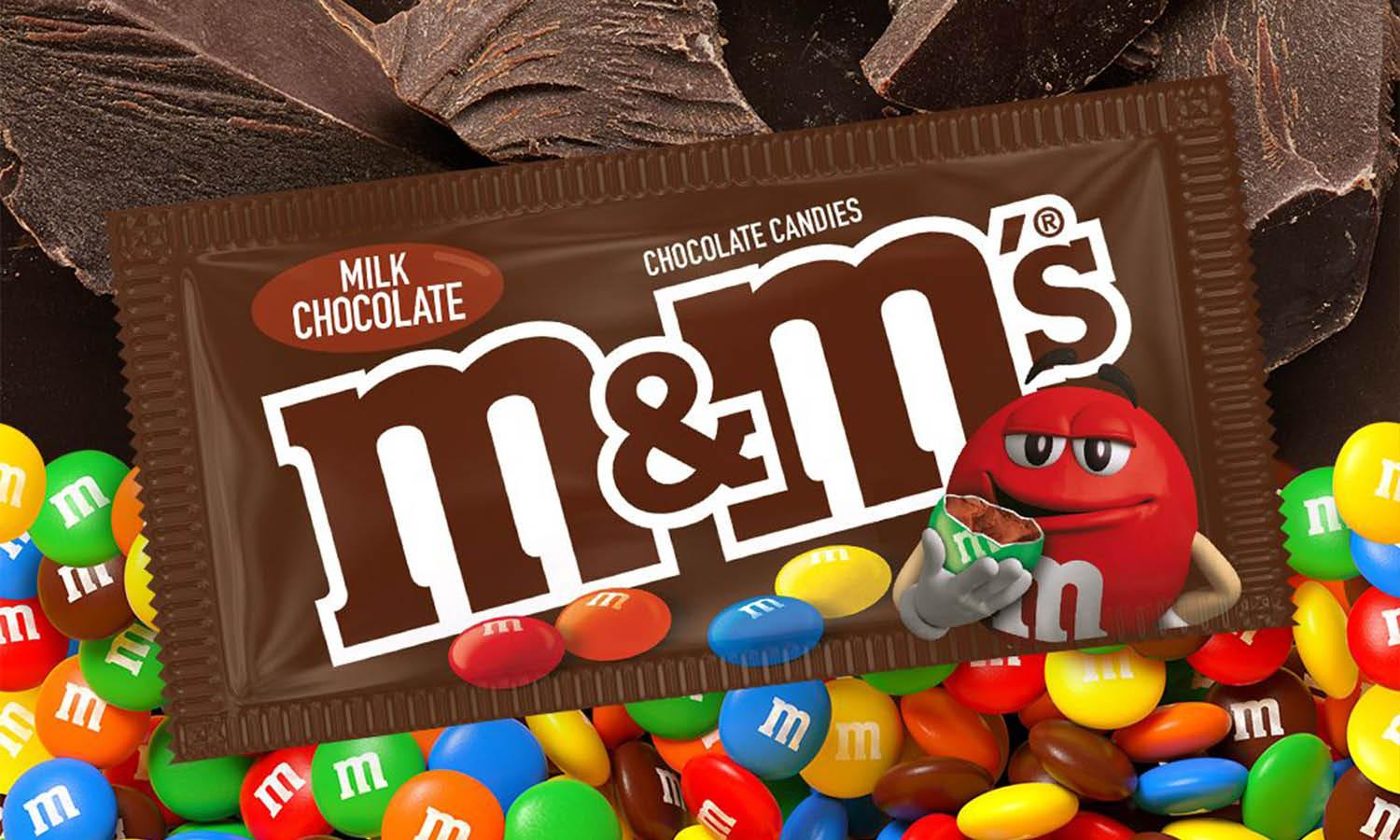
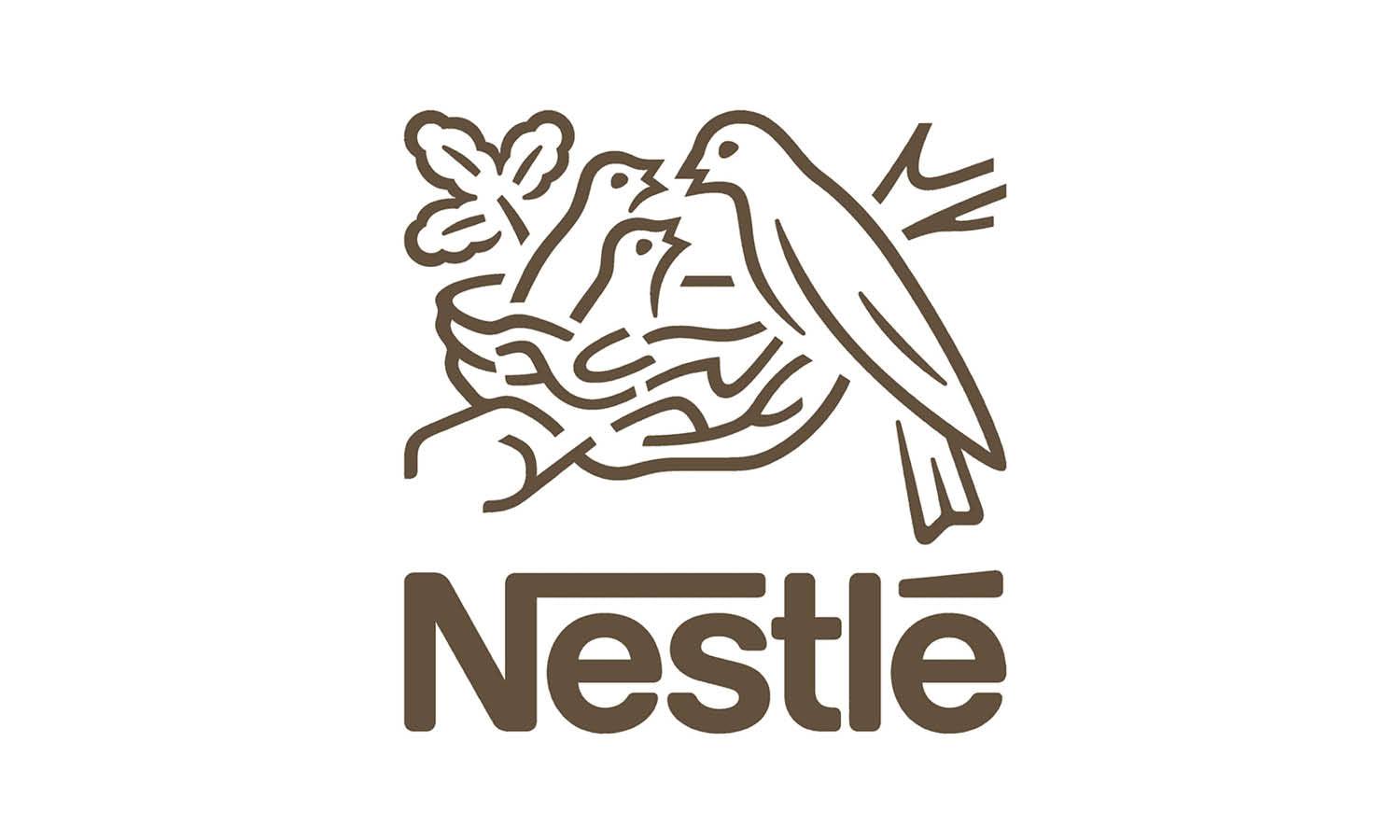

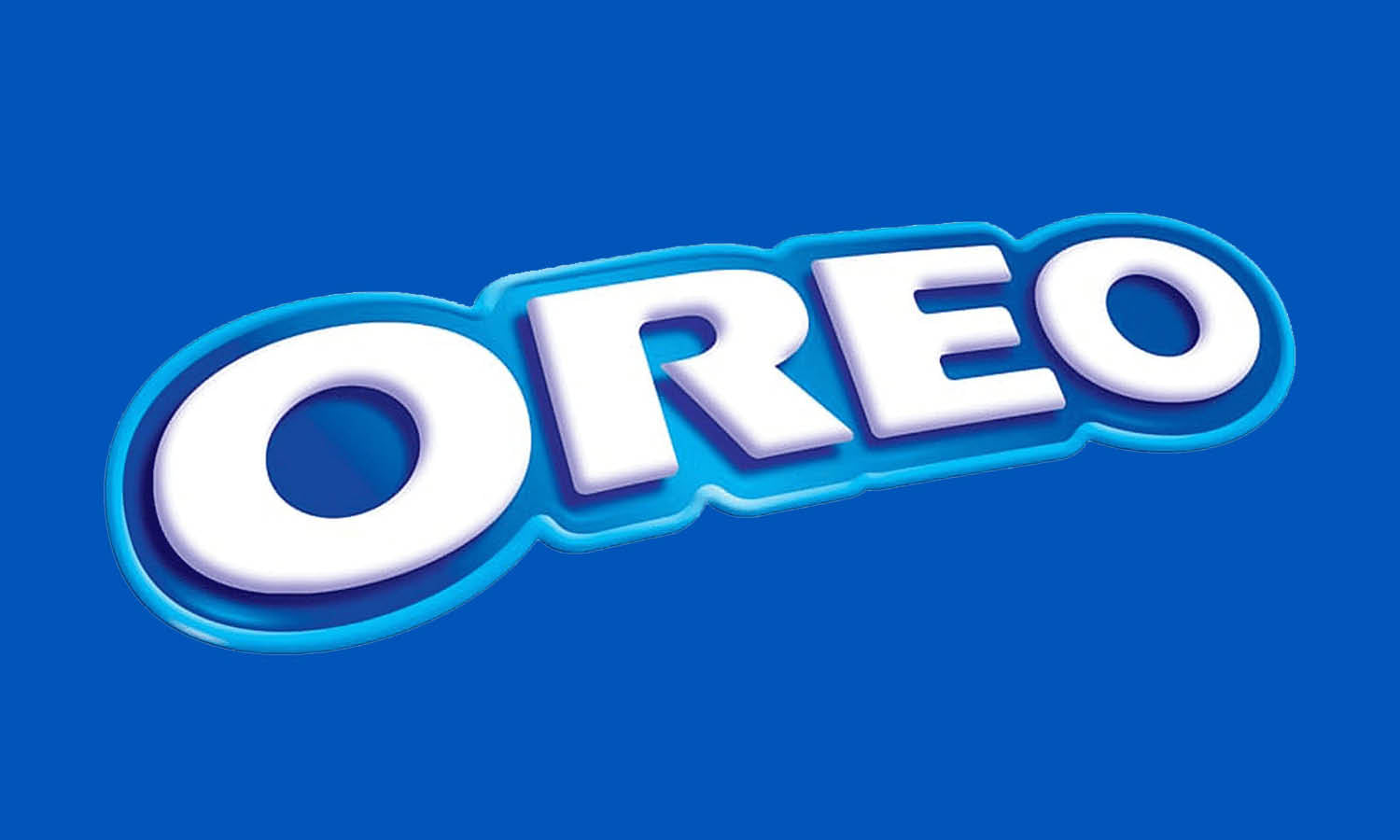
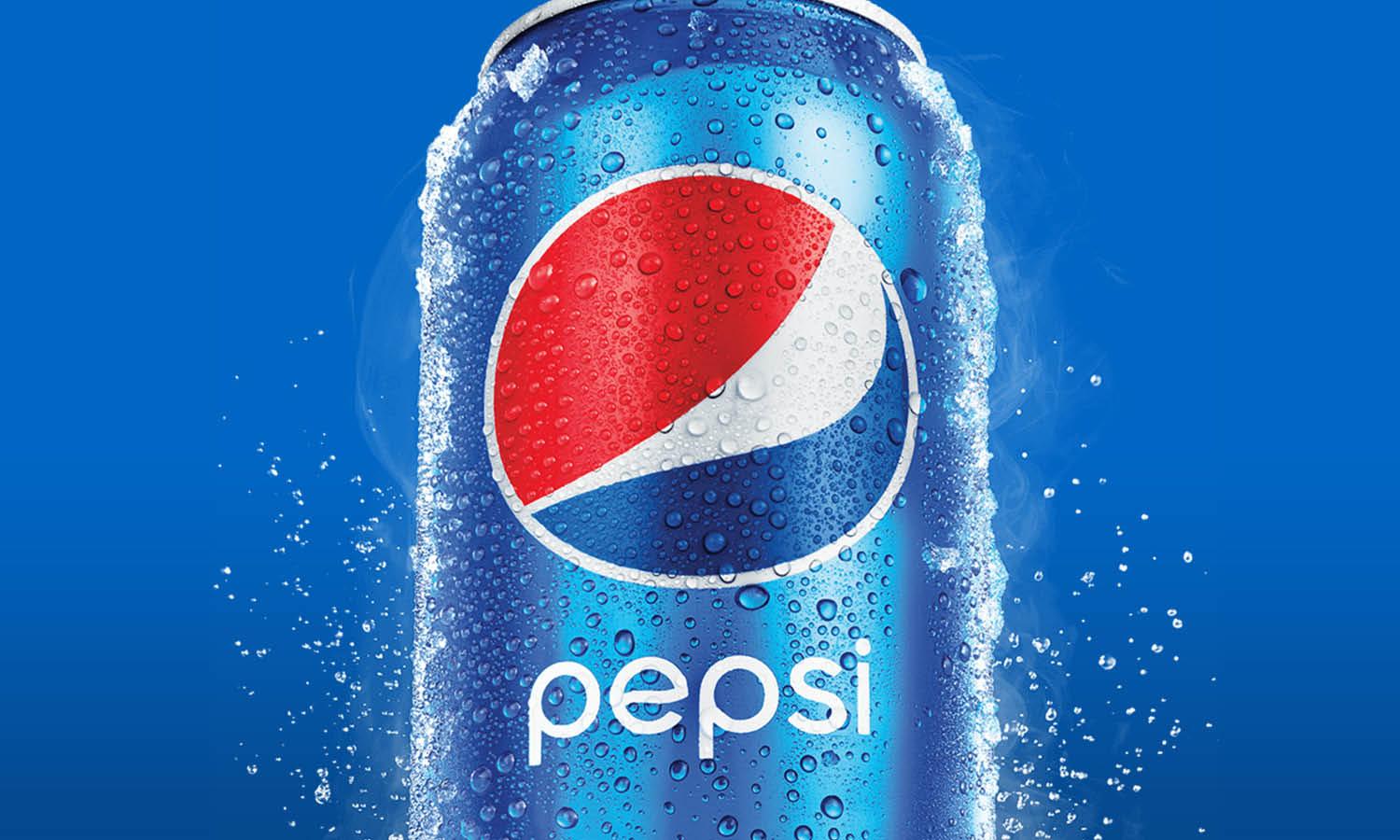
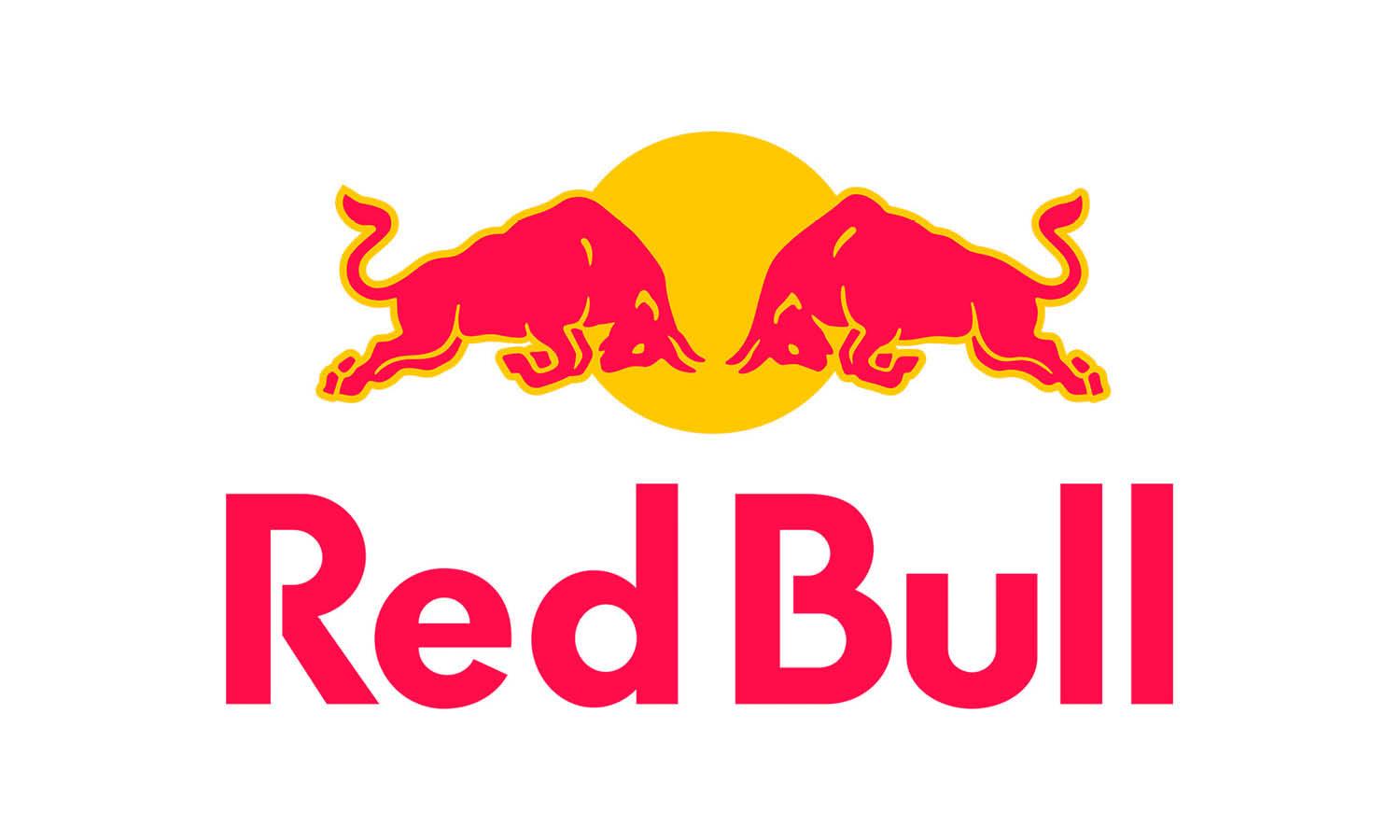








Leave a Comment